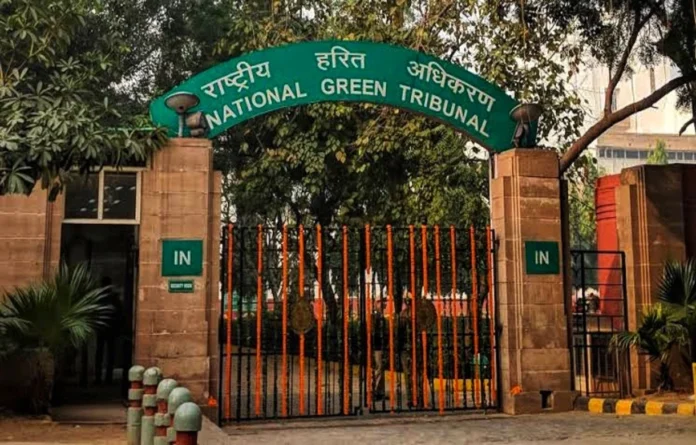The National Green Tribunal (NGT) has taken suo motu cognizance of wide variations found among popular varieties of rice in India in their ability to use nitrogen.
The petition is registered suo motu on the basis of the news item dated 11.08.2024.
As per the article, this knowledge can be used to develop newer varieties that use less nitrogen and are high-yielding, thus slashing expenditure on imported fertilizers and reducing nitrogen-linked pollution.
The news article states that cereals consume two-thirds of all urea in India, led by rice. Poor fertilizer nitrogen-use efficiency (NUE) wastes N (nitrogen)-fertilizers worth Rs 1 trillion a year in India and over $170 billion per year globally.
It highlights that Nitrogen use efficiency refers to the yield of a crop relative to the nitrogen (natural and artificial) available to it.
The news item further states that N-fertilizers are the main source of nitrous oxide and ammonia pollution of air and nitrate/ammonium pollution of water, affecting health, biodiversity, and climate change. As per the research, the NUE of the best varieties were five times as much as the least, the investigation found. However, a high NUE doesn’t always mean the highest yields and farmers in India generally prefer varieties with the highest yields.
The article states that the focus of Indian agriculture has for a long time been to solely increase yield.
The article alleges that though this was necessary during the green revolution, it also meant more synthetic fertilizers, more wastage and pollution. It claims that India needs to find newer crops that have improved NUE and yields.
The article further explains that India is the world’s second-largest source of nitrous oxide (N2O), a greenhouse gas that heats up the atmosphere far more than carbon dioxide. Nearly 11% of such global manmade emissions in 2020 were from India, topped only by China at 16%. The major source of these emissions is fertilizer usage, according to a global assessment of N2O emissions.
The news item raises substantial issue relating to compliance of the environmental norms, especially compliance of the Air (Prevention and Control of Pollution) Act, 1981 and the Environment Protection Act, 1986.
“Power of the Tribunal to take up the matter in suo-motu exercise of power has been recognized by the Hon’ble Supreme Court in the matter of “Municipal Corporation of Greater Mumbai vs. Ankita Sinha & Ors.” reported in 2021 SCC Online SC 897.”
Hence, the Principal Bench of Justice Prakash Shrivastava and Dr. A. Senthil Vel impleaded the following as respondents in the matter:
(1). Indian Council of Agricultural Research, through its Secretary.
(2). Ministry of Agriculture and Farmer Welfare, through its Secretary.
(3). Ministry of Environment, Forest and Climate Change, through its Secretary.
(4). Central Pollution Control Board, through its Member Secretary.
The Bench issued notice to the Respondents and listed the matter on 03.12.2024.


